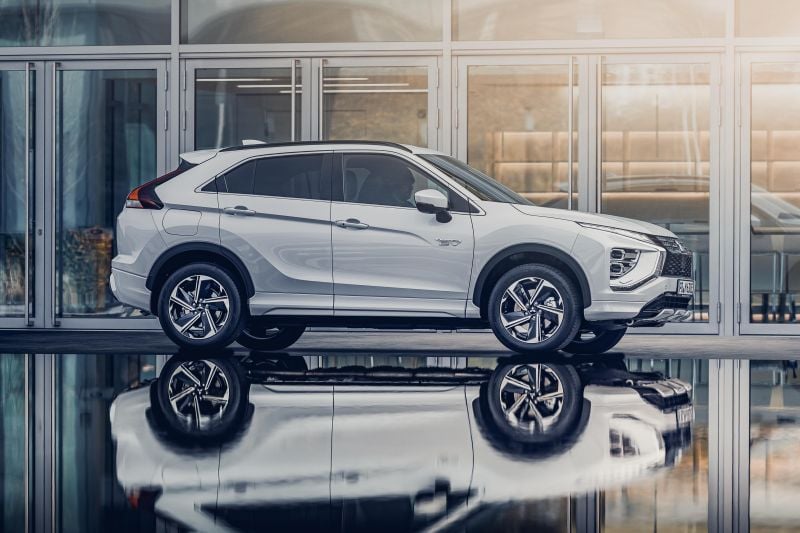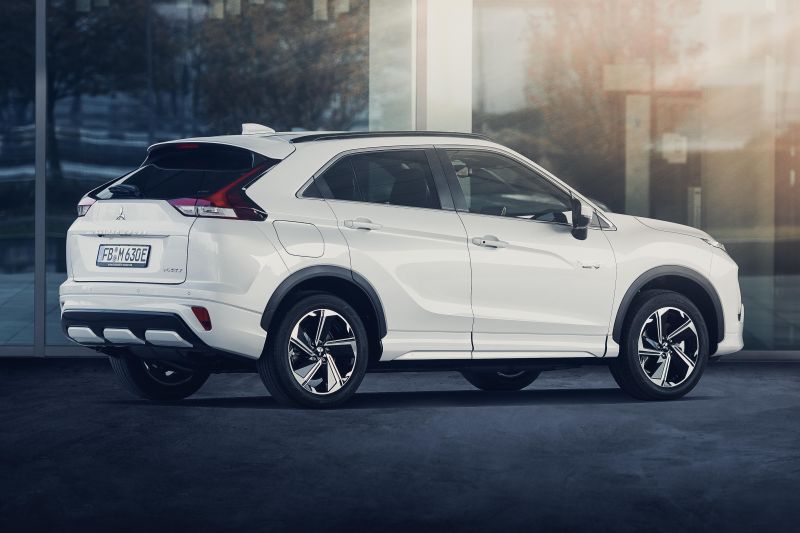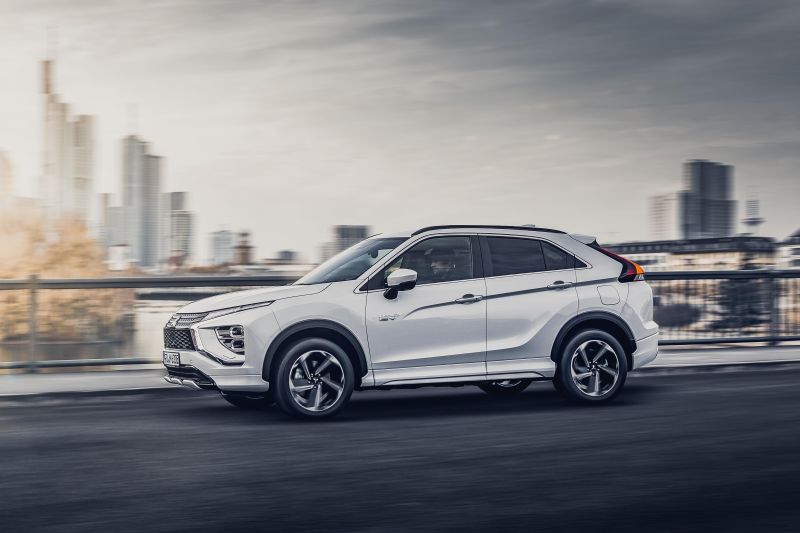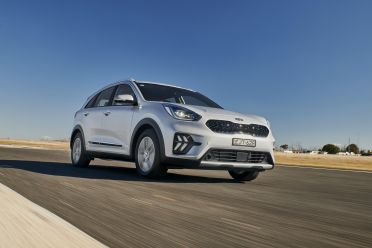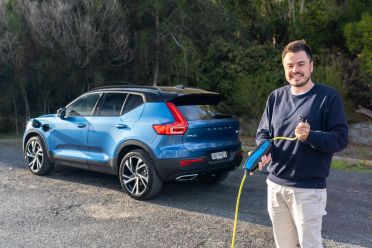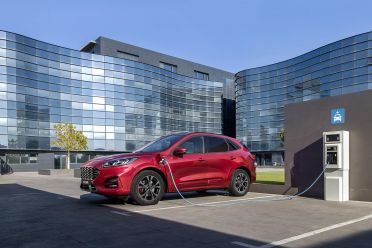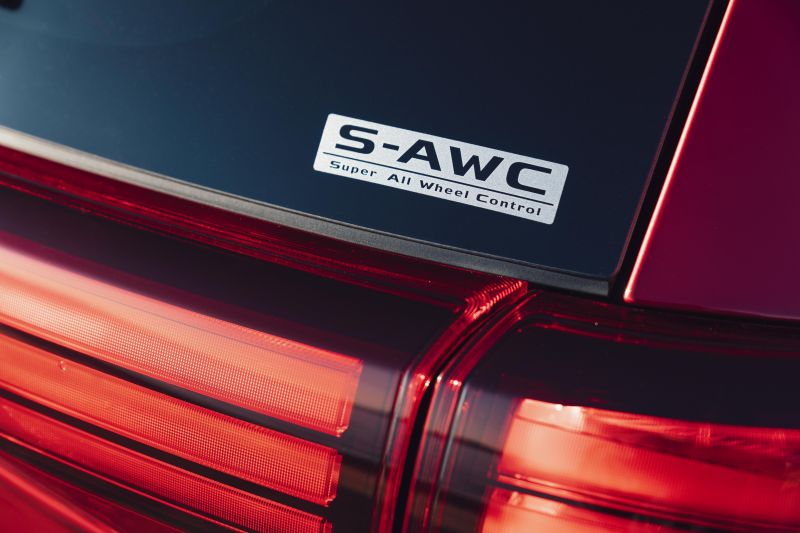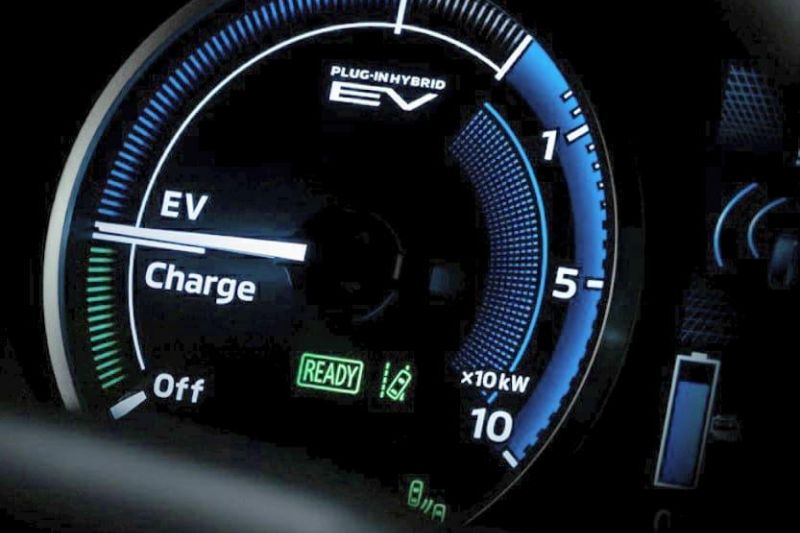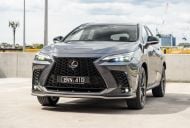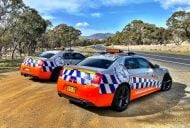Mitsubishi has confirmed its second plug-in hybrid electric vehicle (PHEV) will hit the Australian market in July 2021.
The Eclipse Cross PHEV uses the two-motor all-wheel drive system with individual wheel braking (Super-All Wheel Control) from the larger current-generation Outlander PHEV, which beat its competitors to market when it launched in 2014.
It should also be one of the market’s more affordable PHEVs. The larger and pricier Outlander PHEV ES costs $51,990 drive-away, so it would be reasonable to assume that a base-grade Eclipse Cross PHEV might be sold for somewhere in the vicinity of $45,000.
Propulsion comes from a 2.4-litre petrol four-cylinder engine as well as those aforementioned electric motors mounted on the front and rear axles, which are in turn fed with energy stored in a 13.8kWh capacity battery pack in the floor.
The petrol engine outputs 94kW of power and 199Nm of torque, the front motor packs 60kW/137Nm, and the rear motor has 70kW/195Nm.
Mitsubishi claims that the Eclipse Cross PHEV can do 57km of pure-electric driving with no local emissions, under worldwide WLTC testing protocols, before needing to draw on the petrol engine/generator for longer trips.
In EV mode, the car will drive on electric power alone. Series Hybrid Mode turns the petrol engine into a generator for the electric motors, which continue to drive the wheels, while Parallel Hybrid Mode uses the petrol engine and the e-motors to drive the wheels based on how much power the driver demands.
The battery is expected to be capable of charging from a power socket, a home wallbox, a public charger, or by using the petrol engine as a generator.
The battery can also be used as an emergency generator, supplying up to 1500 watts of power from two on-board outlets. If the vehicle is fully charged and fuelled, it can also supply power to a general household for up to 10 days via the Vehicle-to-Home system. This is good for earthquake-prone Japan.
It’ll line up against a growing field of competitors such as the Kia Niro PHEV, Hyundai Ioniq PHEV, and MG HS Plug-In Hybrid, plus more premium contenders such as the Mini Countryman Hybrid, Volvo XC40 Recharge Plug-In Hybrid, and Mercedes-Benz A250e.
On top of this there’s the soon-to-launch Peugeot 3008 Hybrid4 (late 2021), Ford Escape PHEV (early 2022), and Mazda MX-30 rotary range-extender (2022) models set to join the fray.
On top of this, we also know that Mitsubishi is gearing up to reveal its second-generation Outlander plug-in hybrid SUV ahead of its arrival in Australia during the first quarter of 2022. This model looks and feels very different to the outgoing car…
MORE: Socket to me, all the plug-in hybrid SUVs under $90,000
Mitsubishi Australia sees PHEVs as a massive opportunity, with CEO Shaun Westcott telling us recently that they’d play a role in the company’s mission to overtake Hyundai and enter the top-three brands by sales.
“The current Outlander is one of the biggest-selling PHEVs in Europe. Europe leads, we lag in terms of PHEV take-up in Australia,” he said.
“[But] we believe there’s an opportunity for us in that to talk to our market about our product offering and how competent it is – and how well-recognised it is in other markets – using new Outlander to take that to another level.”
While Toyota has enjoyed tremendous sales success with its plug-free ‘self charging’ hybrids (they account for more than half of all Corolla, RAV4 and Camry sales), Australians have been slow to warm to more expensive and complex PHEVs, compared to much of Europe, Asia and the US.
There were 23,711 hybrid cars sold in Australia this year to the end of April when figures were last collated, compared to just 877 PHEVs. However, this 877 number is more than double the tally recorded at the end of April 2020.
In a general statement, MMC executive vice president Yoichiro Yatabe added:
“In addition to eco-friendly performance, the Eclipse Cross PHEV model allows nimble yet stable handling with peace of mind and is already well-received in Japan and Europe.
“We are confident that it will offer an enjoyable driving experience to the customers in New Zealand and Australia.”

